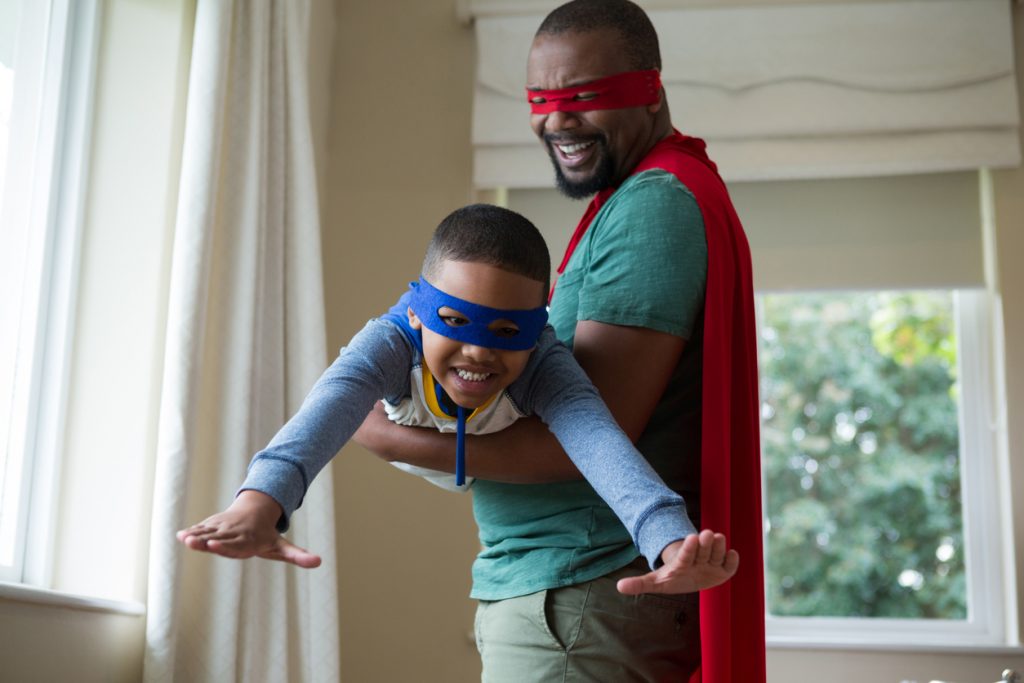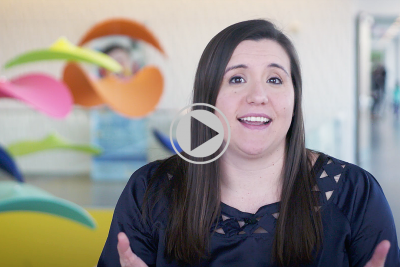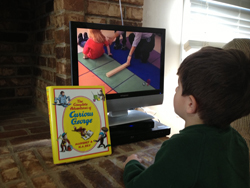Kids are hard-wired to play. Even in this age of screens and scheduled activities galore, kids are still finding time to play. Recent research has shown that kids today are just as good at pretend play as they were 20 years ago!
Benefits of Pretend Play
Pretend play happens when children playfully treat something as if it were something else. For example, a block may become a car or a TV. When children pretend, they use imagination and emotion. Pretend play is linked to skills in creativity, emotional control and awareness, and even academic achievement.
Tips to Bond with Your Child through Play
Because kids are naturally drawn to play, it can be a great tool for parents to connect with our kids and to help them develop new skills. Here are some ways for creating a great bonding and growing experience with your child:
- Be intentional about setting aside time to play together, one-on-one. Plan for about 20 minutes if you can, with minimal distractions.
- Choose toys that allow for good pretend play. Pretend play is non-electronic in nature and does not apply to structured games such as board games or puzzles. Good toys for pretend play might include dolls, animals, cars or Legos. It can also be fun to empty the junk drawer and see what your child can re-imagine!
- If you and your child need help getting started, you can use a story stem. For example:
- “A story about a boy who lives in a castle.”
- “A story about a girl who has magic powers.”
- “A story about a boy who can talk to animals.”
- If you remember nothing else, FOLLOW YOUR CHILD’S LEAD. They are the experts, after all. As a rule of thumb, try not to say anything that changes the course of the story or adds a plot point. Here are some examples of great ways to participate:
- “Who should I be?”
- “I wonder what will happen next.”
- Summarize the story at various points.
- Model pretend (e.g., “We could use this block as the birthday present.”)
- Praise, praise, praise! Kids absolutely soak up every bit of praise they receive. Find as many moments as possible to tell your child what great ideas they have and how funny and creative they are.
- “What a creative idea!”
- “That was cool how you used ___ to be something else.”
- “It is so much fun playing with you.”
- Avoid asking lots of questions. Questions can show you are engaged, but they can also shut down natural creativity. We also tend to shift into teaching mode as parents (e.g., “What sound does a tiger make?” or, “What color is this?”), which is much less fun than what our kids have in mind for playtime.
Take an extra second to reflect on what you notice about your child during your time together. Kids are often entertaining and almost always surprising, so enjoy what you see and hear when they are in their element.






Comments